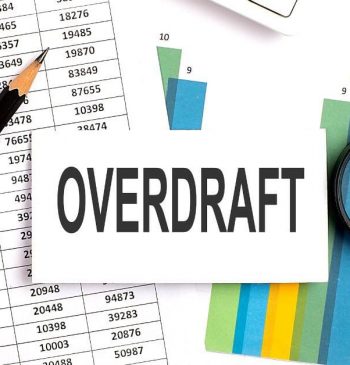21 Dec

Imagine reaching retirement age and finding out that you are only entitled to a fraction of your retirement benefits because you left your job before you were fully vested. Or, imagine missing out on the chance to exercise your stock options and potentially make a profit because you were not able to get full benefits when you left your job. Don’t let these scenarios become a reality. Make sure you understand the concept of being fully vested and its benefits and take steps to ensure that you are fully vested in your retirement plan and stock options. This article aims to help you understand the concept of fully vested and its benefits.
What is Fully Vested?

Fully vested refers to an individual’s entitlement to the full amount of a benefit, such as a retirement plan or stock option. It means that an individual is entitled to receive the full amount of their retirement benefits or exercise their stock options to purchase company stock at a discounted price. Fully vested status is typically achieved after a certain number of years of service or other criteria have been met. It’s important to understand vesting schedules and requirements to ensure that you are able to take advantage of these benefits when the time comes.
Fully vested in a retirement plan
In the context of a retirement plan, an individual is fully vested when they have the right to receive the full amount of their retirement benefits when they reach a certain age or meet other criteria, such as leaving their job or becoming disabled. The vesting schedule for a retirement plan can vary, but generally, an individual becomes fully vested after a certain number of years of service with an employer.
Fully vested in stock options
In the context of stock options, vesting fully means that an individual has the right to exercise their options and purchase company stock at a predetermined price. Stock options are often granted to employees as part of their compensation package and usually vest over a period of time. Once an employee is fully vested in their stock options, they can exercise them at any time before they expire.
Fully vested in social security
In social security it refers to the right to receive full social security benefits based on an individual’s work and earnings history. In the United States, individuals become eligible for social security benefits when they reach the full retirement age, which is currently 66 years old for people born between 1943 and 1954 and gradually increases to 67 for people born in 1960 or later. To be fully vested in social security, an individual must have earned 40 credits, which is equivalent to 10 years of work. These credits are based on the amount of money an individual earns and are adjusted for inflation each year.
How Do You Know If You Are Fully Vested?

To determine if you are fully vested in a retirement plan or stock options, you should check the vesting schedule and requirements for these benefits.
In the case of a retirement plan, you can usually find information about the vesting schedule in the plan documents or by contacting your employer or the plan administrator. In the case of stock options, you can find information about the vesting schedule in the option agreement or by contacting your employer or the plan administrator. The vesting schedule will specify the number of years of service that are required for full vesting and any other criteria that must be met. It’s important to keep track of your vesting status to ensure that you are able to take full advantage of these benefits when the time comes.
What Happens If You Leave Before Fully Vested?

If an individual leaves their job before they are fully vested in their retirement plan or stock options, they may not be entitled to receive the full amount of these benefits.
In the case of a retirement plan, if an individual leaves their job before retirement, they may not be entitled to receive the full amount of their retirement benefits when they reach the appropriate age or meet other criteria. The amount of benefits that an individual is entitled to receive will depend on their vesting schedule and the specific terms of their retirement plan.
In the case of stock options, if an individual leaves their job before fully vesting, they may lose the right to exercise their options and purchase company stock at a discounted price. The vesting schedule for stock options will determine when an individual becomes vested and can exercise their options.
Benefits

There are several benefits to being fully vested in a retirement plan or stock options:
Financial security: It provide financial security in the future. For example, if an individual is fully vested in their retirement plan, they will be entitled to receive the full amount of their retirement benefits when they reach the appropriate age or meet other criteria. This can help to ensure that they have a stable income in retirement and are able to maintain their standard of living.
Investment opportunities: Fully vested stock options give an employee the right to purchase company stock at a discounted price, which can potentially provide a significant financial benefit. If the company’s stock price increases over time, the employee may be able to sell the stock or option for a profit.
Career advancement: It can also be a motivating factor for employees to stay with a company for a longer period of time. This can lead to opportunities for career advancement and potentially higher salaries as employees gain experience and skills.
Estate planning: Fully retirement benefits and stock options can also be an important part of estate planning. These assets can be passed on to an individual’s heirs and provide financial security for their loved ones.
Conclusion
In conclusion, being fully vested means that an individual has the right to receive the full amount of a benefit, such as a retirement plan or stock option. It’s important to understand vesting schedules and requirements to ensure that you are able to take advantage of these benefits when the time comes.
Content writer at Invyce.com
Related Post
Copyright © 2024 – Powered by uConnect



Meena Khan